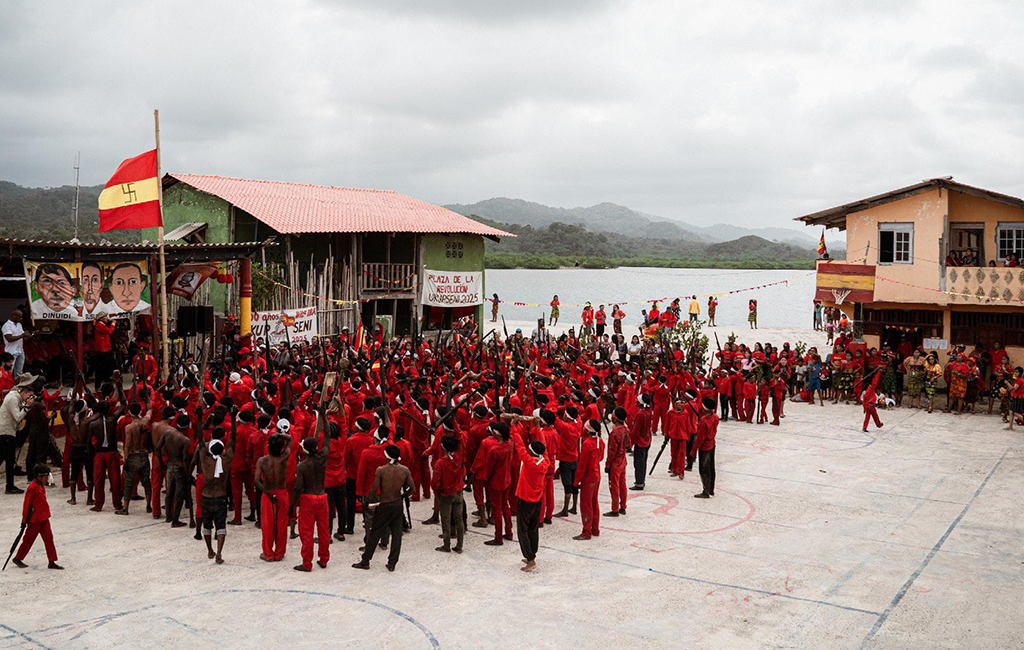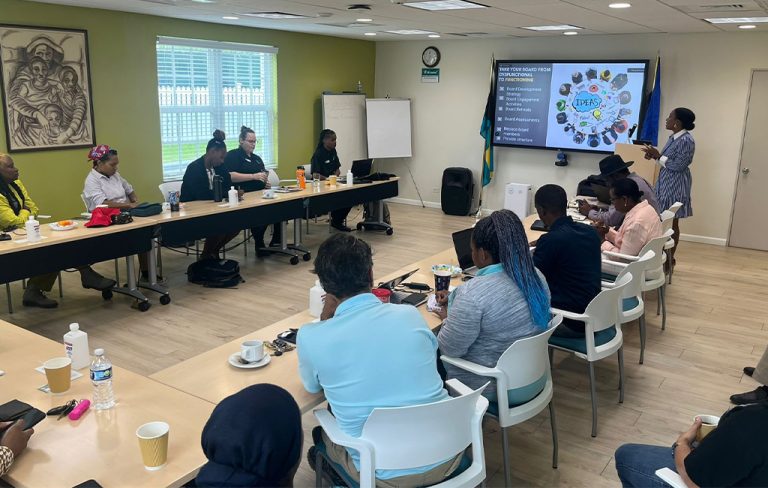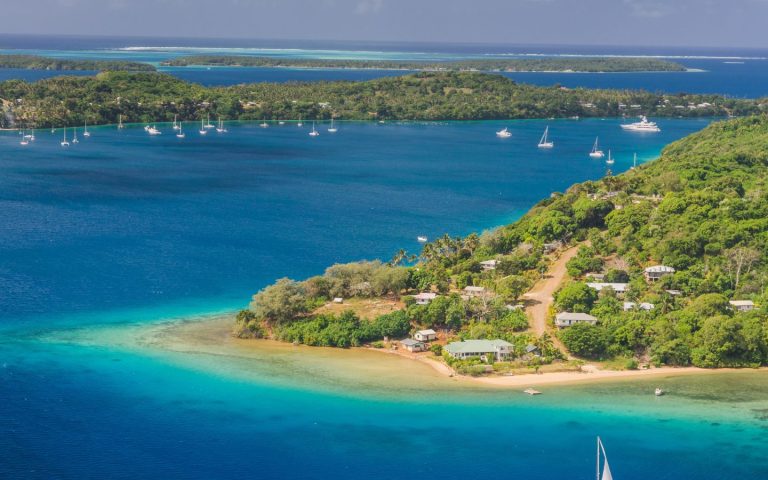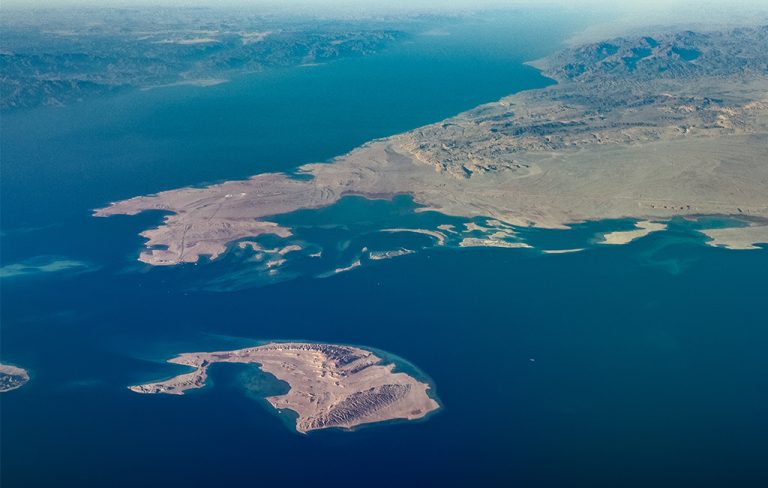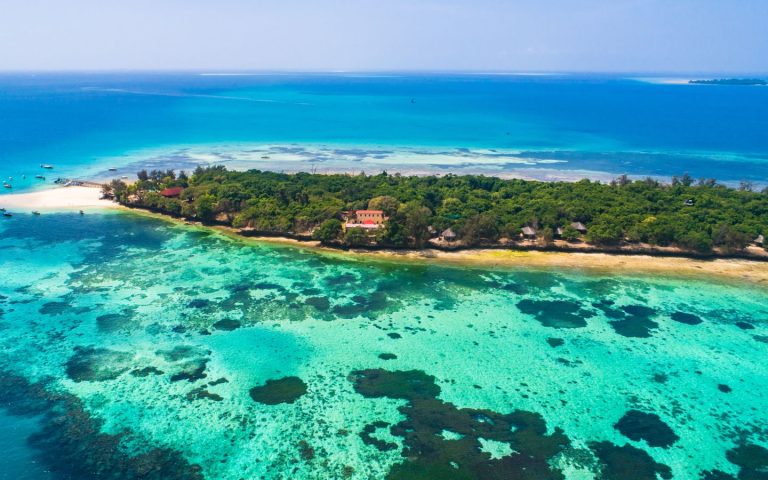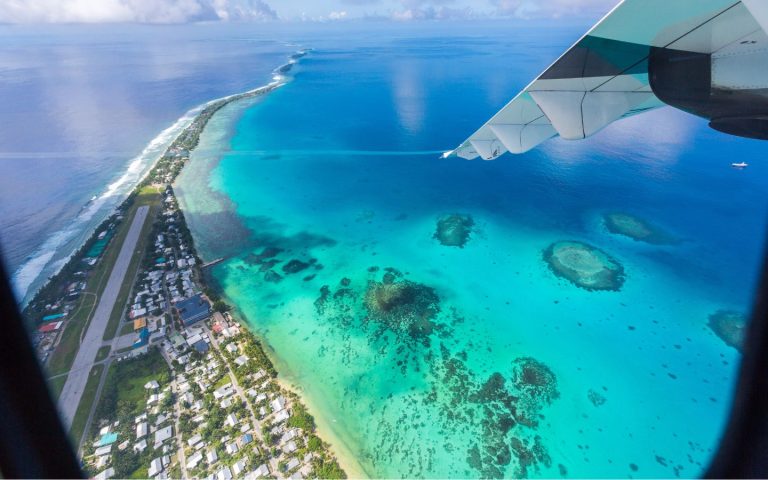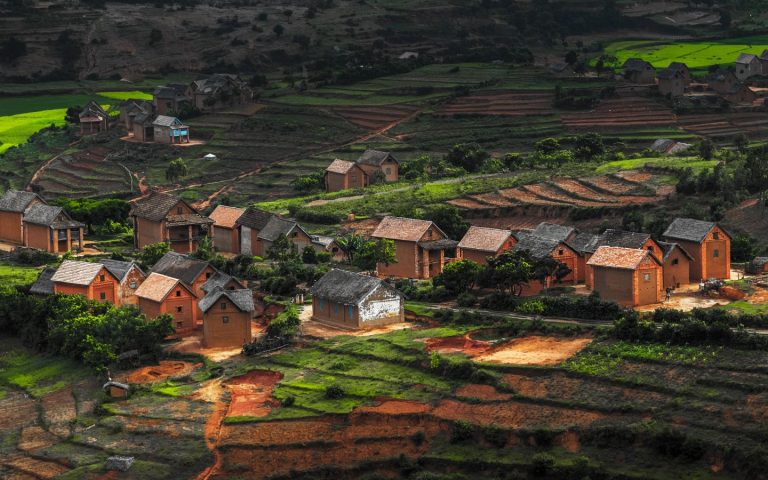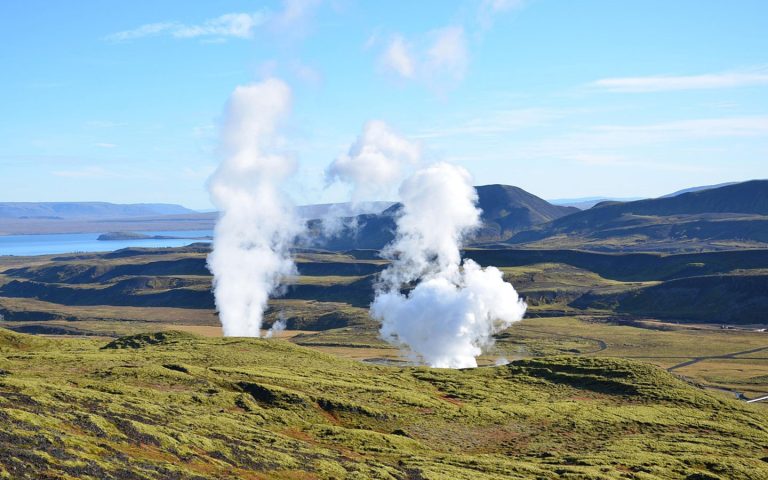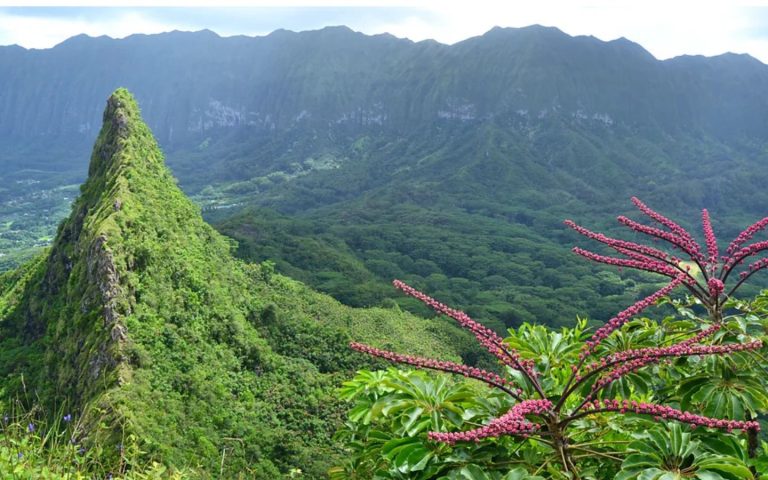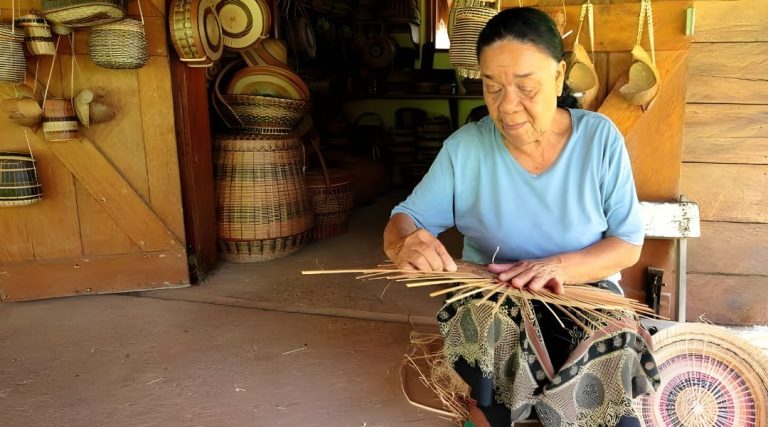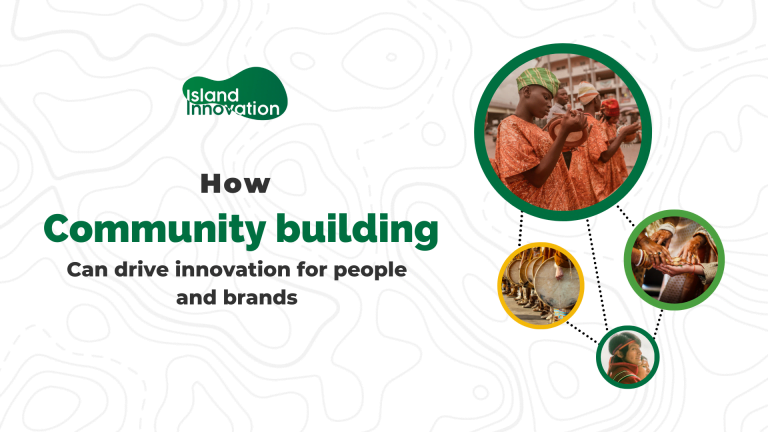Photo source: © Mongabay (news.mongabay.com)
Excerpt from news.mongabay.com
UGGUBSENI and ISBERYALA, Guna Yala, Panama — “Our ancestors fought for this land,” says Jair Goporas, 21. He leans forwards into the dim glow of a bare bulb, his eyes shining from a face streaked with red and black paint. “Our ancestors told us: Don’t forget what happened here.”
In a square just outside the small concrete house Goporas sits in, shouts of celebration fill the air. The sun slips behind the hills of the mainland, and night falls on a crowd that flashes with scarlet body paint and the vivid colours of the traditional dress made of mola, a hand-made textile worn by the Indigenous Guna woman.
As one of the 2,500 inhabitants of the island of Uggubseni, located in the Guna Yala provincial-level Indigenous region, or comarca, of Panama, Goporas has been raised on stories of the past.

